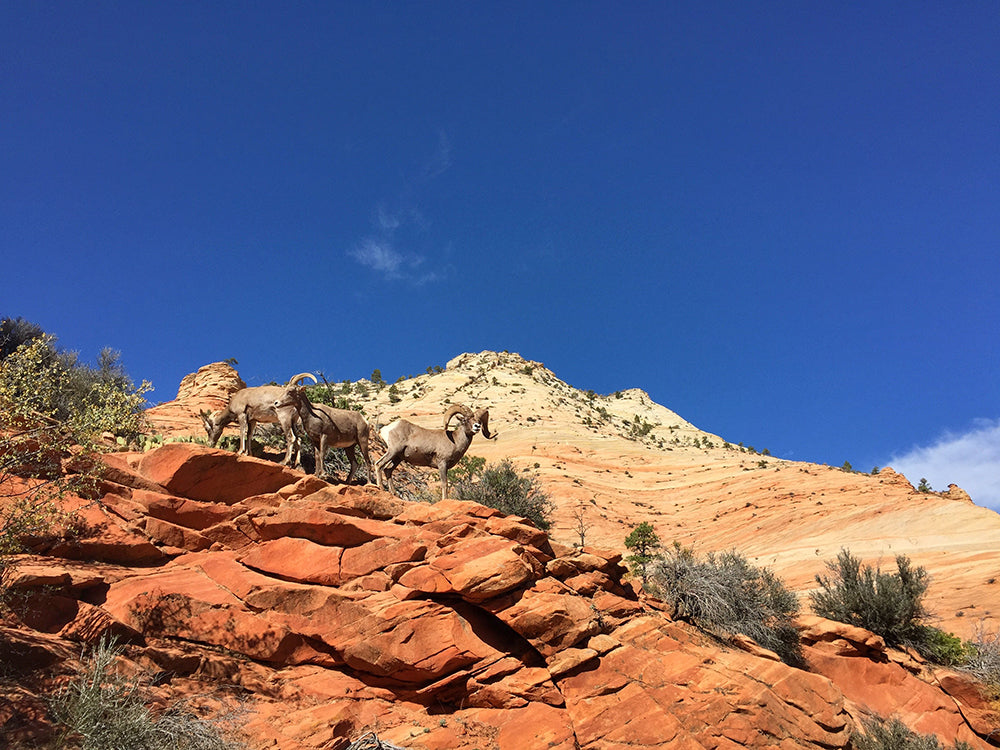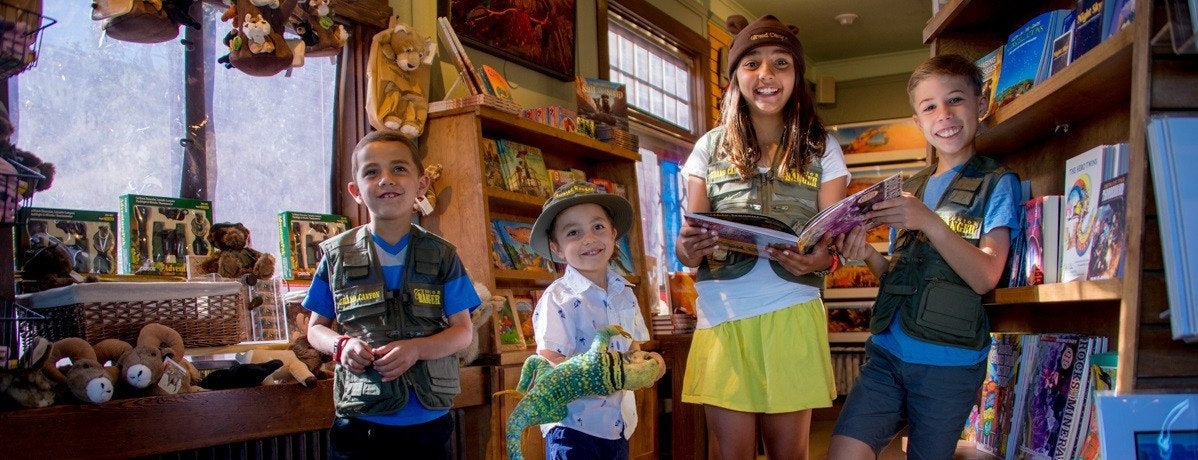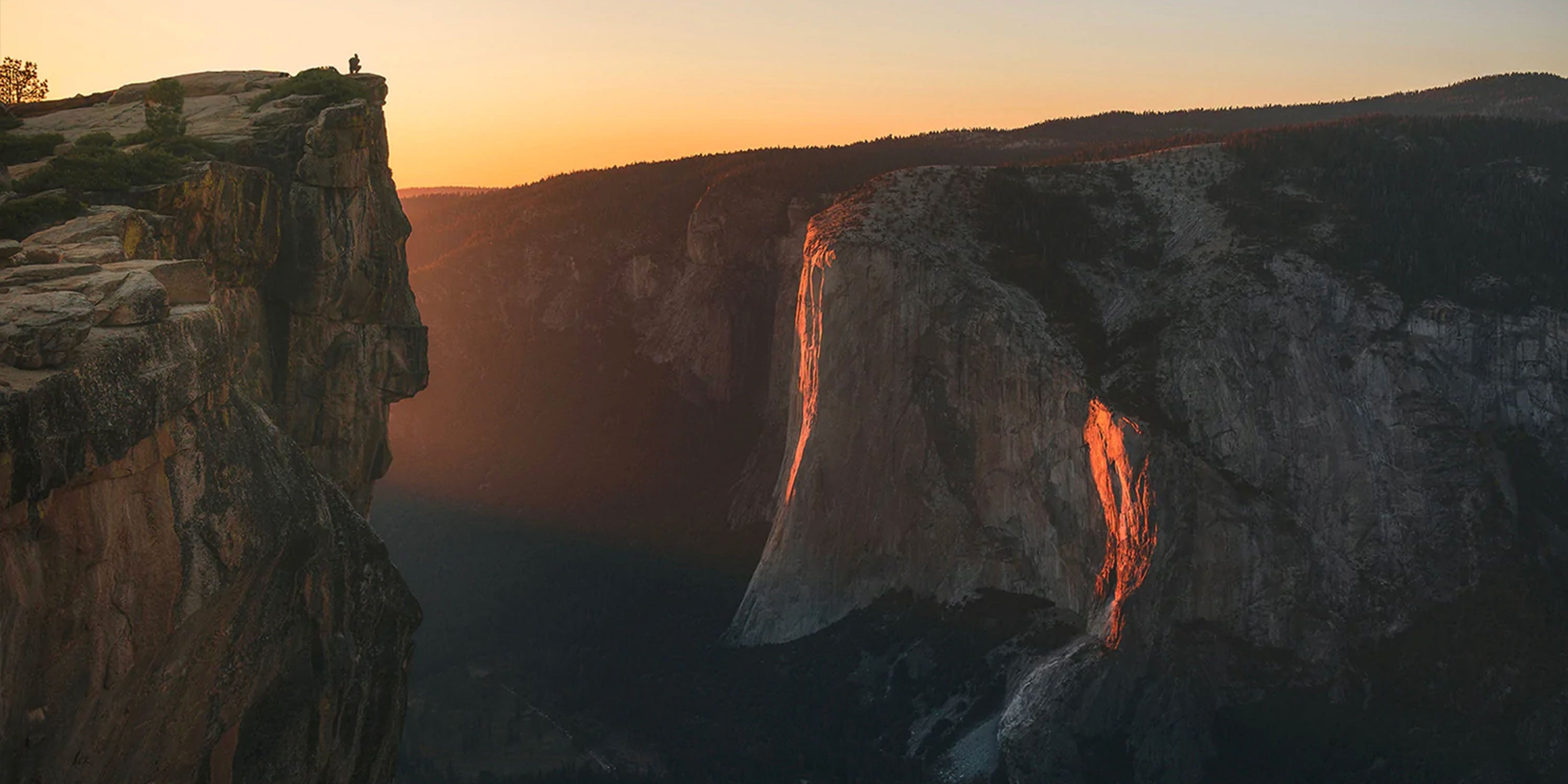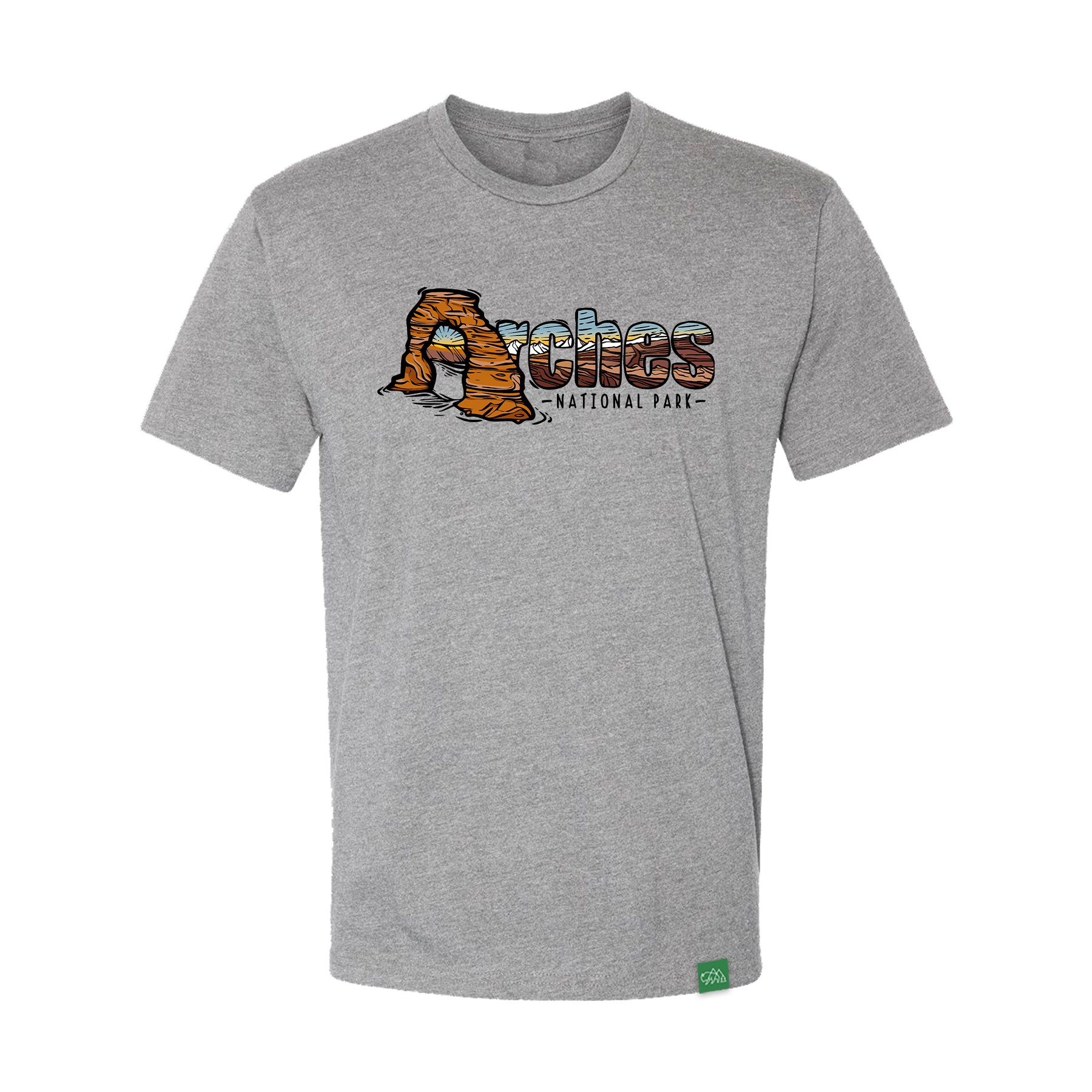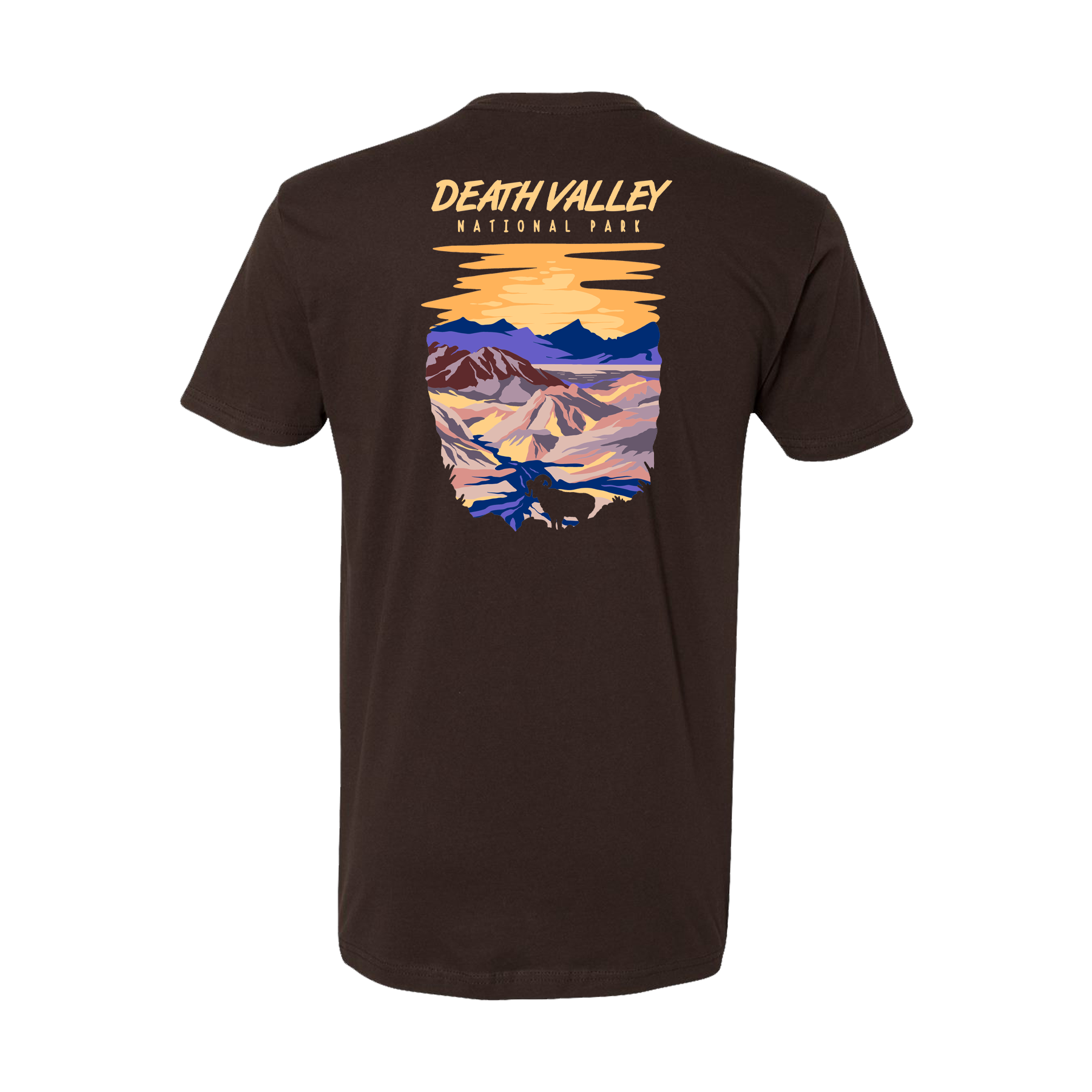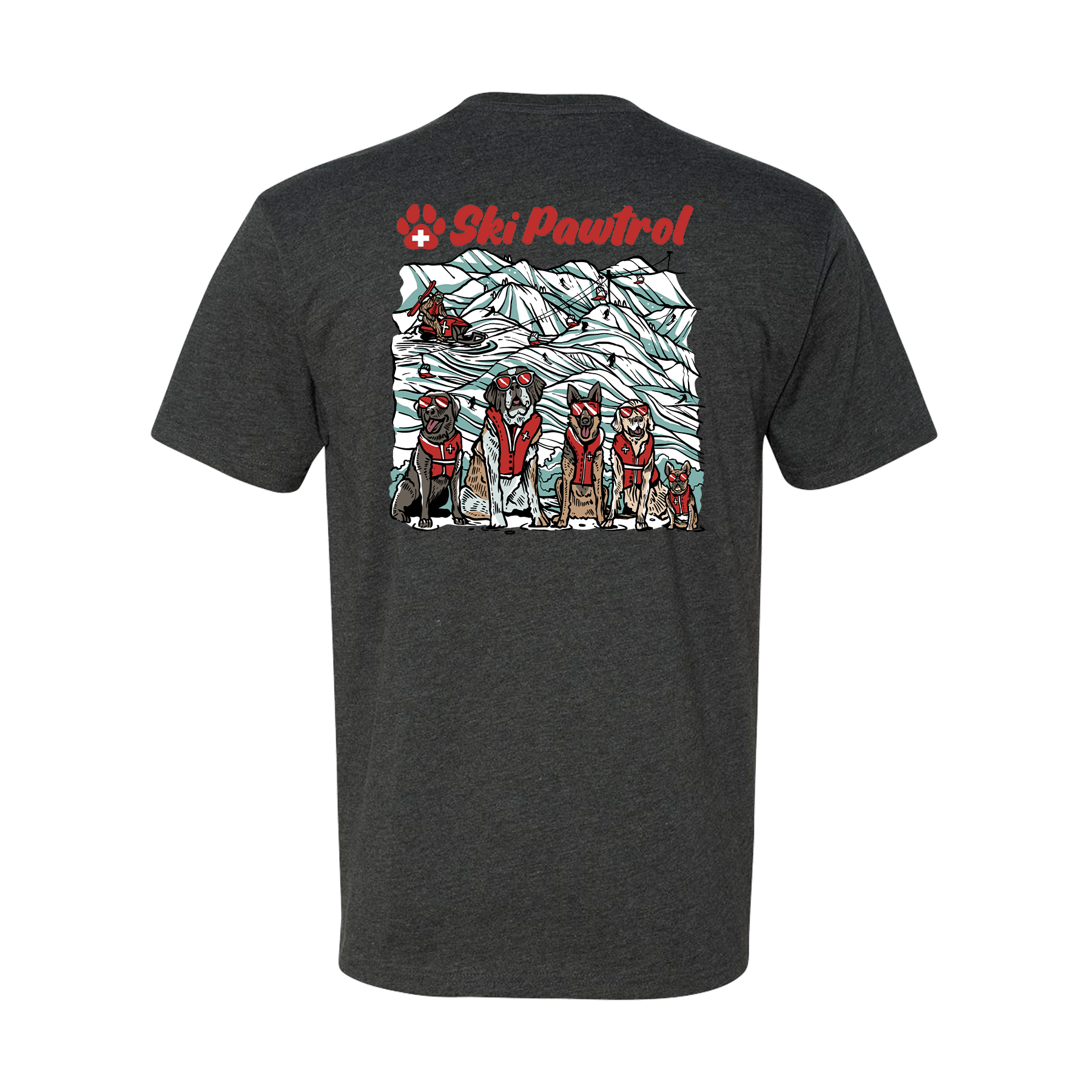Cover photo by @lheckendorn
Some animals are elusive. Some animals are elusive because they’re nocturnal. And well, cats in the wild are both outright. Consider yourself lucky if you ever catch a glimpse of one of the six wild cats in the United States. While sightings are rare for all, three on the list – Ocelot, Jaguar, and Jaguarundi – are particularly exceptional given they’re habitat is mostly found south of the border. Yep, you read that right. Once common as far east and north as Kentucky, and never thought to be found outside of the jungle, Jaguar are indeed known to roam near the border of Southern Arizona.
The other three cats you may run into on the trail exploring our National Parks and public lands are the Bobcat, Mountain Lion, and Canadian Lynx. The former two of the three are most often in our vocabularies, not necessarily due to frequent encounters, but largely due to their known presence be it on signs at Trailheads, interpretive exhibits, or the occasional story in the news. The Canadian Lynx on the other hand is not at the forefront of thought, rather a more mythical-type cat found only in the far northern reaches of the continent.
Similar to the surprise of how far north the Jaguar can be found today, it’s equally astonishing how far south the heavily-coated Canadian Lynx finds home. This was primarily brought to our attention by the incredible work of the Glacier National Park Conservancy who is helping facilitate a tell-tale study of the relationship of habitat and the elusive Lynx in Glacier National Park. In fact, Lynx habitat and past records indicate the cat can be found as far south as the mountainous states of Utah and Colorado, but the highest likelihood of where Lynx populations can be found today are in pockets of Yellowstone National Park, Glacier National Park, Minnesota’s boundary waters, and North Cascades National Park.
 Photo Credit: Glacier Conservancy
Photo Credit: Glacier Conservancy
Listed as threatened in the year 2000 in the lower forty-eight, in January 2018 the United States Fish and Wildlife Service (“USFWS”) proposed the Canadian Lynx may no longer warrant protection under the Endangered Species Act and should be considered for delisting. Glacier Conservancy has taken it upon themselves to help fund a project to generate large scale-data on Lynx populations within Glacier National Park to further inform the USFWS’s synopsis. We’re the hopeful type and generally optimistic, but can’t resist believing climate change and the recent bout of wildfires in Glacier have had profound impact on Lynx habitat, thus further putting the species at risk.
When presented the opportunity, we were eager to contribute our 4 the Parks donations to the tracking efforts. Widespread camera-trapping methods are being employed to document the distribution and abundance patterns of Lynx within the Park. Upon completion, Glacier officials will have a healthy understanding of its resident Lynx that not only will inform the question to delist or not, but will also help to provide insights on Lynx populations to other land managers in the lower forty-eight.
 Photo Credit: Glacier Conservancy
Photo Credit: Glacier Conservancy
Now, believe it or not, we’ve personally been haunted (in a good way) by a potential Lynx sighting in the Wasatch Mountains of Utah just outside Salt Lake City. All the data on hand points to a sighting in the Wasatch as a very unlikely occurrence, but one fateful day on the trail seemingly proved otherwise. At first, our original thought was that the figure caught in the blurry, zoomed-in iPhone image below captures an adolescent Mountain Lion. But the tail wasn’t long enough, thus the next thought evolved to Bobcat. Still, this cat was seemingly “thicker” than a Bobcat and noticeably didn’t have the trademark spots on its fur. Could it be? What do you think?

The Glacier National Park Conservancy, a private non-profit 501(c)(3) organization, is the official non-profit fundraising partner of Glacier National Park. The Glacier National Park Conservancy assures the Glacier National Park experience by providing support for preservation, education, and research through philanthropy and outreach. Learn more about the Conservancy and ways to both get involved and give here.


 Photo Credit: Glacier Conservancy
Photo Credit: Glacier Conservancy
 Photo Credit: Glacier Conservancy
Photo Credit: Glacier Conservancy
